
I’m looking for two postdocs and a technician to join my group @sheffielduni.bsky.social @sheffieldpps.bsky.social to work with me on my exciting @royalsociety.org Faraday Discovery Fellowship project, details for each post as follows:
I’m looking for two postdocs and a technician to join my group @sheffielduni.bsky.social @sheffieldpps.bsky.social to work with me on my exciting @royalsociety.org Faraday Discovery Fellowship project, details for each post as follows:

BugNet is a global network studying how invertebrate herbivores and fungal pathogens shape plant diversity & ecosystem functioning worldwide. The paper reports on the methods of the experimental part:
📄 onlinelibrary.wiley.com/doi/10.1002/...

BugNet is a global network studying how invertebrate herbivores and fungal pathogens shape plant diversity & ecosystem functioning worldwide. The paper reports on the methods of the experimental part:
📄 onlinelibrary.wiley.com/doi/10.1002/...

How do neighbourhood diversity effects on tree growth change with climatic conditions?🌳🌲🔆🌧️
We adress this question in our new study in @natecoevo.nature.com led by Liting Zheng.
www.nature.com/articles/s41...
/w @liting-zheng.bsky.social, Peter Reich & #TreeDivNet
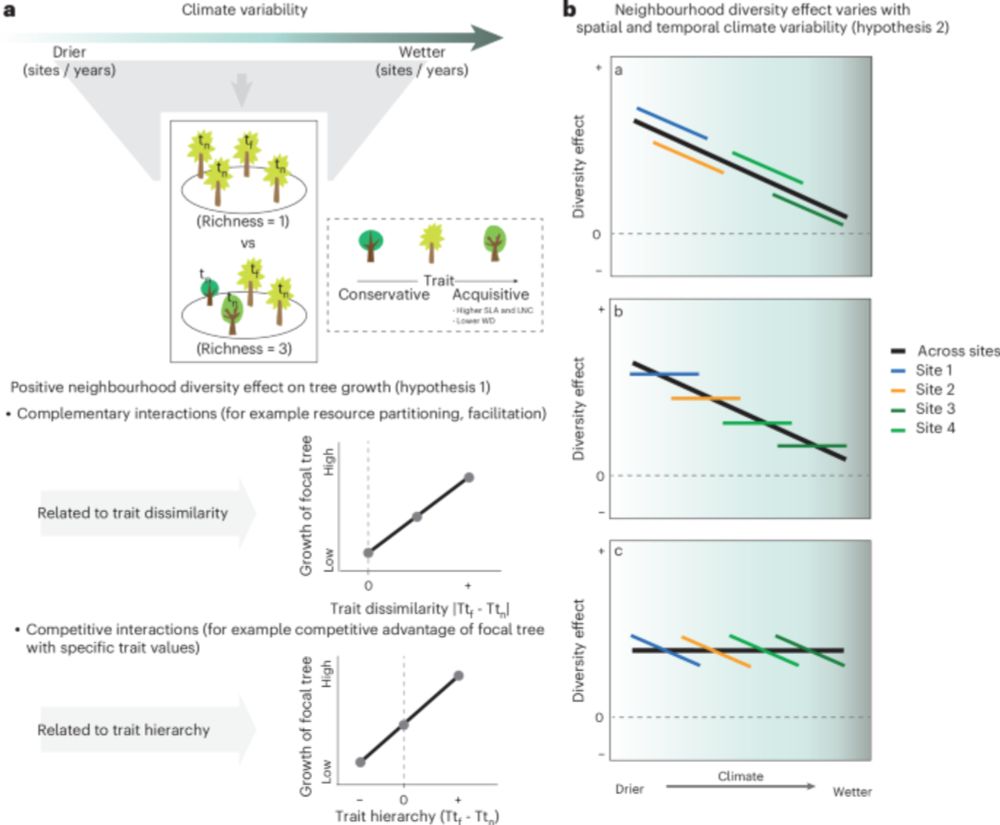
How do neighbourhood diversity effects on tree growth change with climatic conditions?🌳🌲🔆🌧️
We adress this question in our new study in @natecoevo.nature.com led by Liting Zheng.
www.nature.com/articles/s41...
/w @liting-zheng.bsky.social, Peter Reich & #TreeDivNet
#traits #functionaldiversity 📏🌐
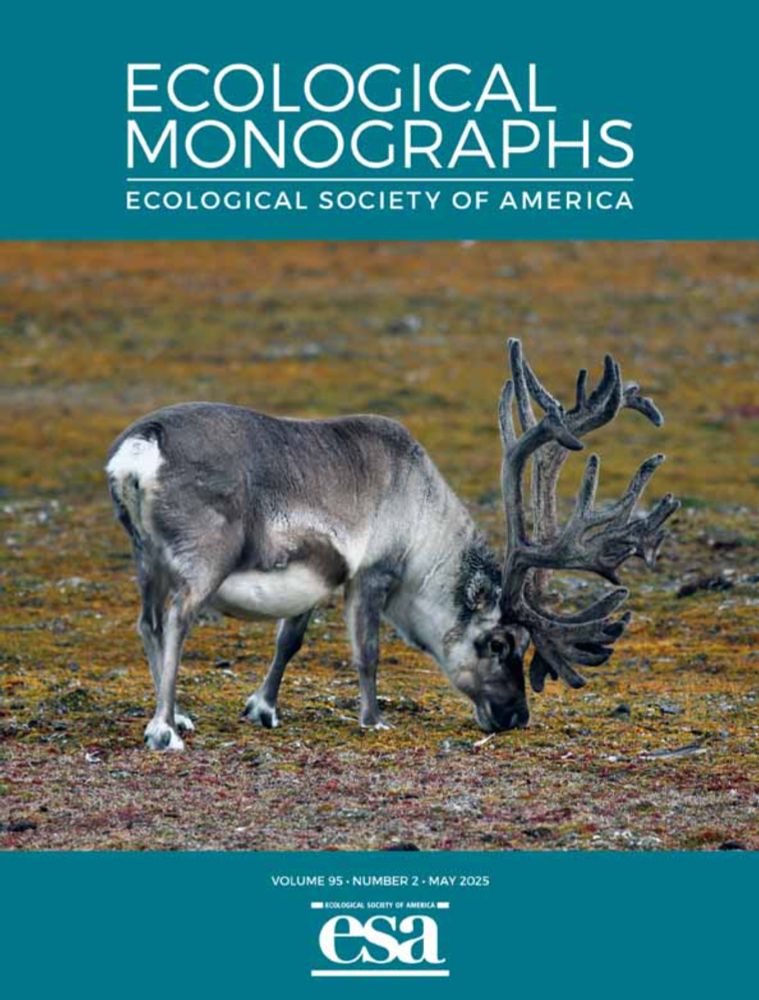
#traits #functionaldiversity 📏🌐
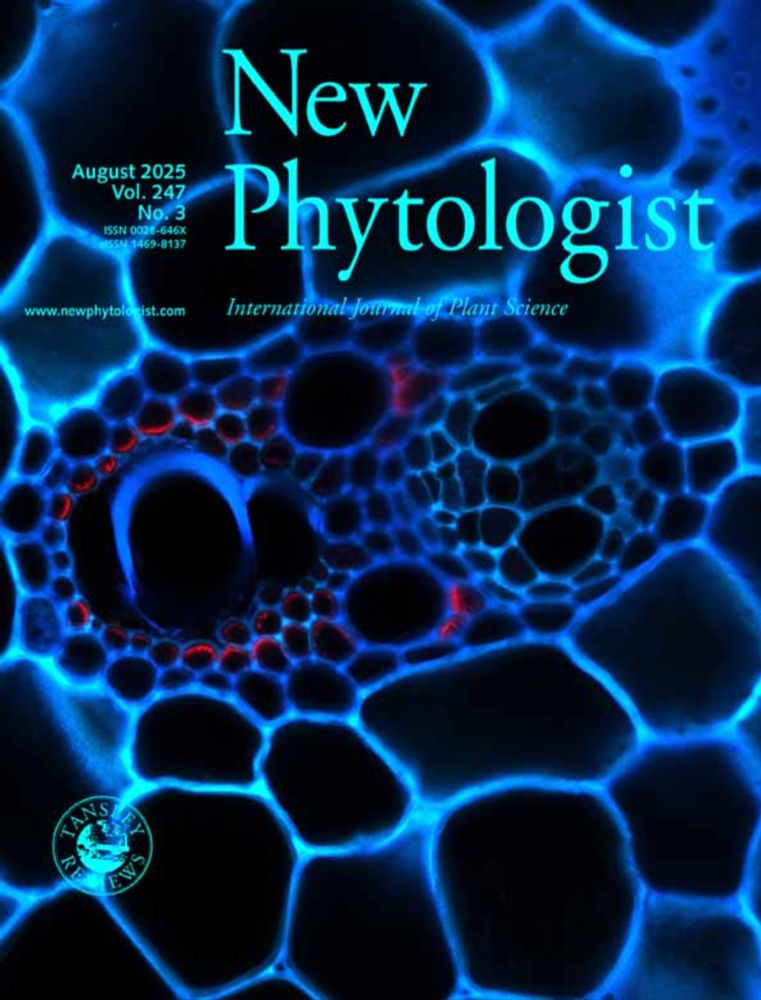
onlinelibrary.wiley.com/doi/10.1111/...

onlinelibrary.wiley.com/doi/10.1111/...









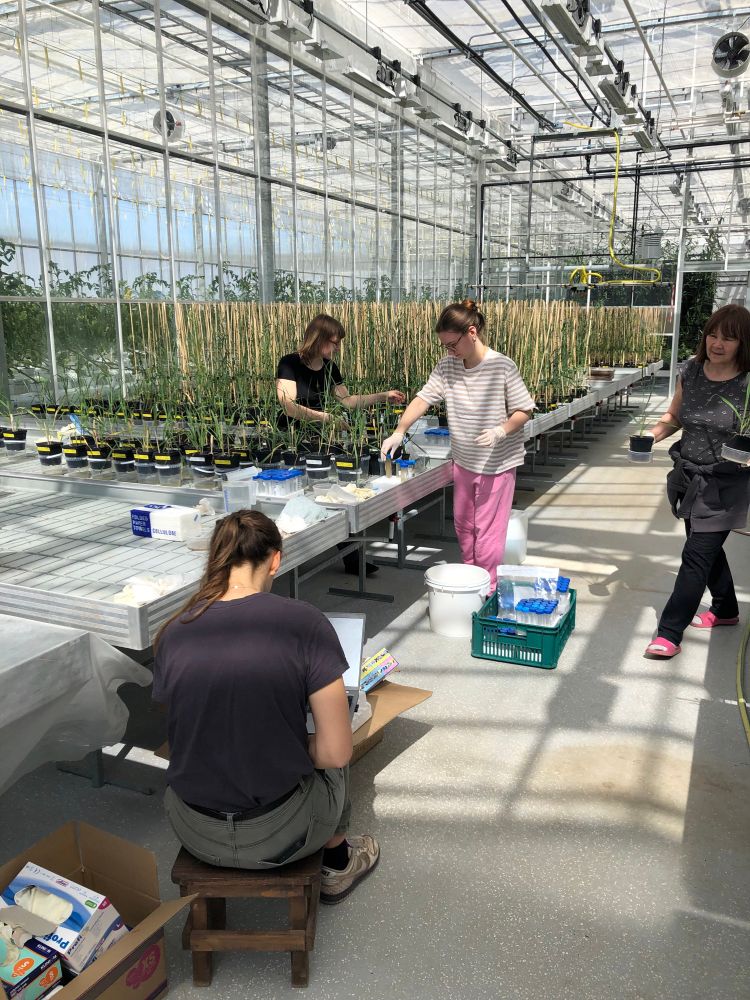




www.nature.com/articles/s41...
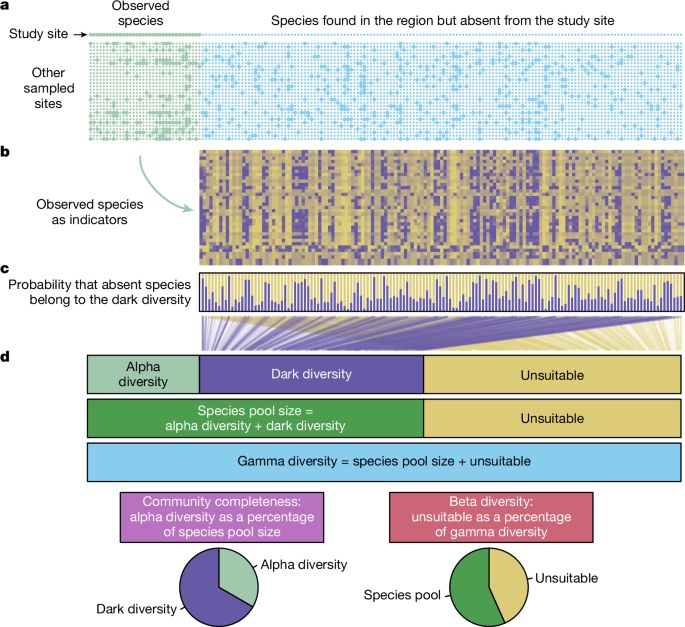
onlinelibrary.wiley.com/doi/full/10....

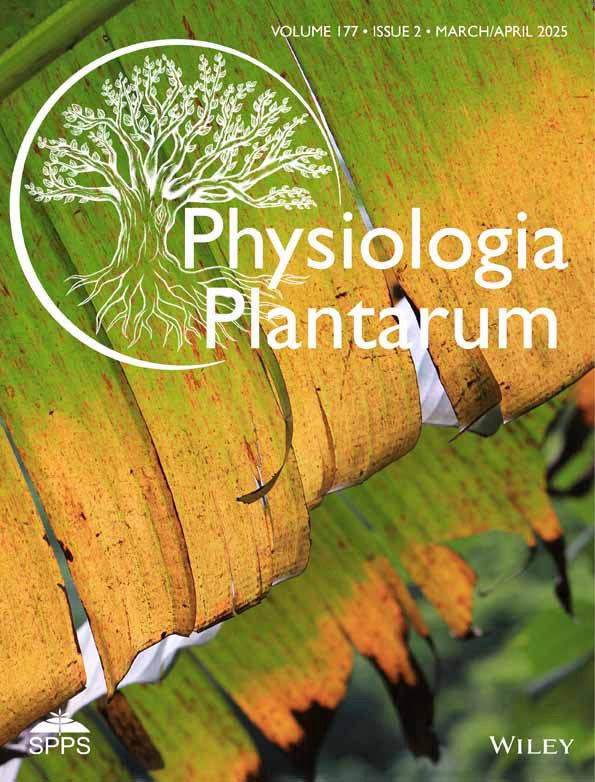
www.science.org/doi/10.1126/...

www.science.org/doi/10.1126/...
www.nature.com/articles/s42...
But there is more to it... 🧵
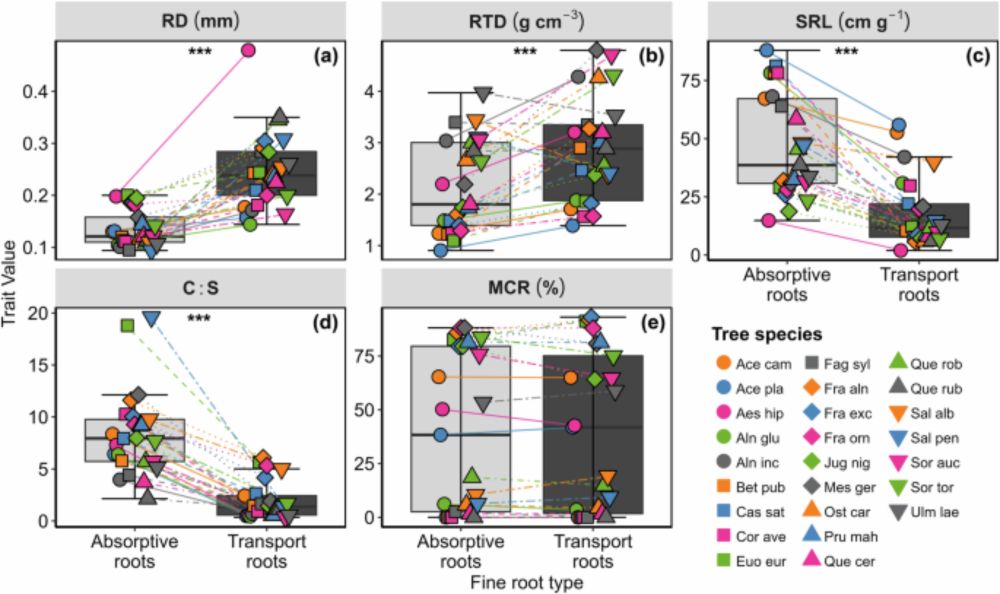
www.nature.com/articles/s42...
But there is more to it... 🧵
https://go.nature.com/3CUTWWg

https://go.nature.com/3CUTWWg


